What to Eat and What to Avoid in Anal Fistula
By Dr. Shiv Kishor +2 more

Get,

to manage your symptom
Get your,


4 Cr+ families
benefitted

OTP sent to 9988776655



You’ve successfully subscribed to receive
doctor-approved tips on
Whatsapp

Get ready to feel your best.

Hi There,
Download the PharmEasy App now!!


Register to Avail the Offer
Send OTPBy continuing, you agree with our Privacy Policy and Terms and Conditions

Hi There,
Sign up on PharmEasy now!!
Trusted by 4 crore+ families

OTP sent to 9988776655



You have unlocked 25% off on medicines




Code: NU25
By Dr. Shiv Kishor +2 more
Table of Contents
The anus is the external opening of our digestive system located at the lower bottom of the rectum, through which our stools are excreted from the body. Inside the lining of the anus, there are small glands that create the mucuos. Sometimes, due to various sets of reasons like injury or abrasion, these glands can get clogged and infected over time, causing an abscess. An abscess is an infected cavity in the anus. Most of the time, half of the abscess creation can lead to the formation of a fistula1.
An anal fistula is a small tunnel that connects this abscess to the opening of the skin around the anus. This tunnel is an abnormality, connecting two linings or spaces that are normally not connected in nature. The abnormal connection happens between the healed surface of the anal canal and the perianal skin. Although the most common location for a fistula is around the anus, it can rarely develop anywhere between the vagina and the rectum or an intestine and the skin. Anal fistula requires immediate diagnosis, treatment or surgery. However, your doctor may recommend certain foods to consume or avoid to help you deal with or cope with the pain and discomfort.

Patients suffering from fistula should drink plenty of water and add food items rich in fibre to their daily diet. Make some changes in their food habit and, in addition, they can inculcate the following:
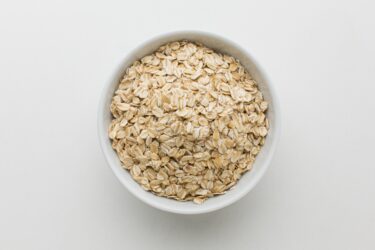
Cereals include a wide array of food items like broken wheat, quinoa, brown rice, ragi and oatmeal. Cereals are loaded with fibre content. Fibre is essential for the optimum functioning of the body. It aids in good digestion and ease while passing stools2, thus reducing strain and pain.
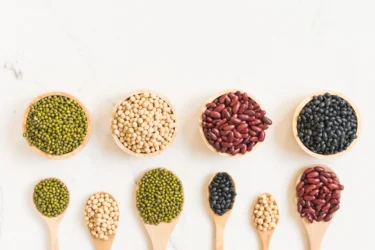
Kidney beans, moong dal, chickpeas, masoor dal and soybeans are important pulses. Pulses provide protein and are high in fibre, thus helping to keep the digestive tract clear. Pulses keep you full for a long time, and while excreting, they add bulk to the stool because of having high fibre content3. Without strain, you can have a smooth bowel experience and have less pain.
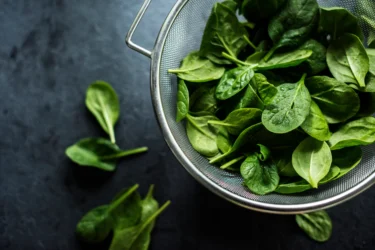
Green leafy veggies like kale, lettuce, microgreens, cabbage, spinach should be included in your everyday diet. Besides having ample vitamins, minerals and many nutrients, green vegetables are a high source of fibre. Besides keeping you fuller for a long time, they digest easily and help you excrete with ease4.
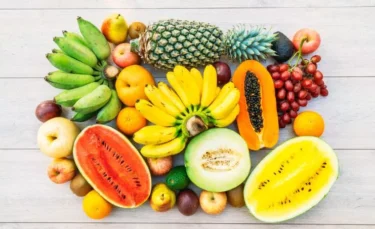
Fruits like apples, avocados, bananas and pears are high in fibre content. High-fibre fruits lower the chances of flare-ups, pain and inflammation that come with anal fistula. Include a variety of fruits in your daily diet. A quick fruit salad is not only healthy but has good amount of fibre and will keep you fuller.
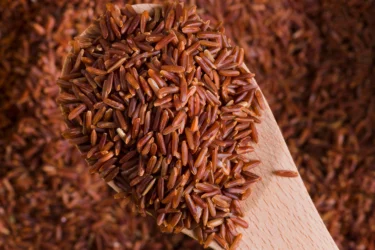
If you have seen brown rice, you will notice that its outer layer is unpolished. Brown rice is full of dietary fibre and has a positive effect on lowering the chances of constipation5. It targets the anal fistula by making bowel movements smoother and is highly beneficial for patients suffering from anal fistula.
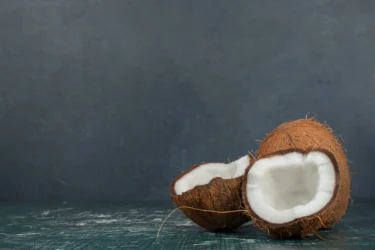
Coconuts are high in fibre content, which helps bulk up your stool and supports bowel regularity. On the other hand, Coconut meat contains large amounts of medium-chain fatty acids (MCFAs), a type of saturated fat that is much easier for the human body to digest than animal fats, keeping your digestive system healthy.
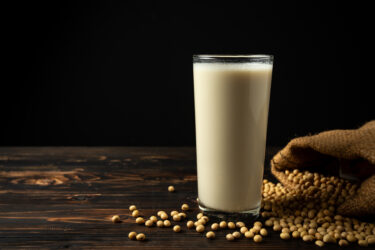
Skimmed milk and yoghurt are beneficial for people suffering from anal fistula. Consuming yoghurt may be helpful if you have irritable bowel, as yoghurt contains ‘probiotics’ or good bacteria, which help put healthy bacteria back into your gut system. This can help in better digestion and thus help with a smooth bowel with less pain or irritation.
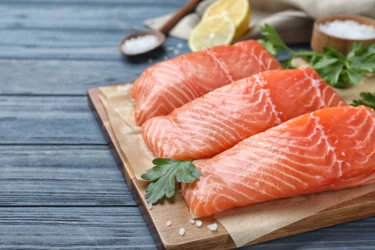
Certain kinds of fish, especially sea fish like salmon, mackerel and tuna, are an excellent source of omega-3 fatty acids, such as EPA and DOHA. Omega 3 helps maintain a good and healthy body. These fatty acids can play a vital role in healthy bowel function6. They can work to lubricate the digestive tract and keep faeces flowing smoothly.
Indigestion, constipation, bloating or diarrhoea may trigger symptoms or cause severe effects related to anal fistula. Hence, food items that may cause the above situations must be strictly avoided by patients suffering from anal fistula. Here are some foods to avoid:
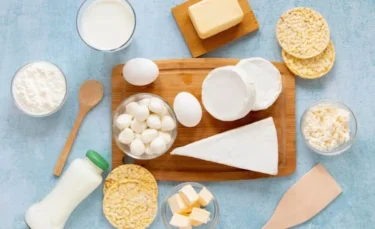
Double-fat milk, cheese and other heavy milk and cream products should be avoided as they are harder to digest and can cause stomach ailments7.
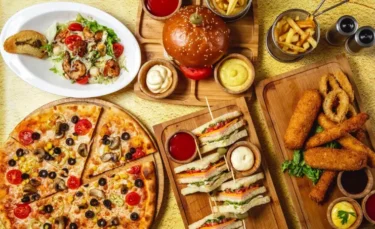
Fast foods are no doubt delicious and mouth-watering to taste. Street vendors selling all kinds of lip-smacking dishes should be avoided by fistula patients. Fast food consumption should be toned down, along with consumption of food items made with purpose flour (maida), should be curbed until symptoms have lessened.
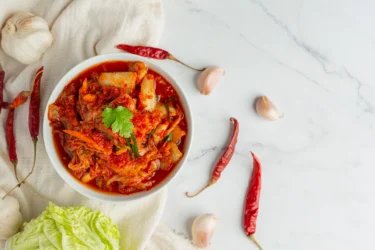
Indian dishes often consist of spicy pastes and curries that are quite difficult to digest. Try consuming simple homemade food that can be made accordingly. Anything that aggravates the stomach will not be a great option to try while suffering from an anal fistula.
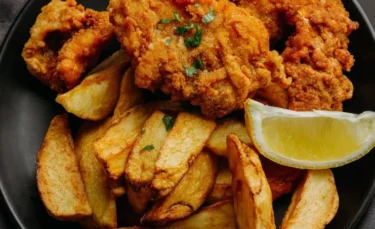
Negligible nutrition content, hard to digest and not healthy, fried food should strictly be avoided if you have an anal fistula.
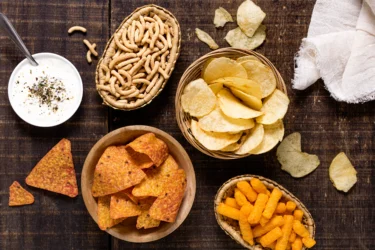
Bloating can make excretion tedious. Consuming too salty food items will not only make you feel bloated but may also worsen your stomach and cause irritable bowel syndrome.
Also Read: 17 Protein-Rich Foods For a Healthy Life
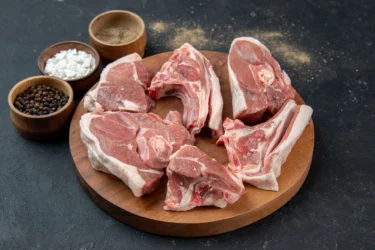
There is nothing new in the fact that red meat is quite hard to digest. Having very little fibre, the stomach takes a lot of effort to digest it, and it does not even add bulk to the stool. Thus, too much red meat cooked in oil and spices should be kept at bay.

Dehydration can make stool passing difficult. Alcohol heavily contributes to dehydration in the body. A heavy amount of alcoholic beverages can pose a problem for people with fistula.

Strong coffee, like black coffee or heavy milk tea, is no doubt exquisite, but should be avoided as long as your symptoms are not gone.
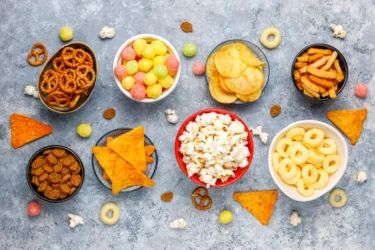
Pre-packed foods like chips, fries and frozen food items should not be consumed in moderation or avoided. They barely have any nutritional content that gets lost in the freezing process.
Also Read: Best Foods To Eat And Avoid With Kidney Stones
Simple homemade dishes like daliya, poha, upma, dosa, khichri, steamed/grilled chicken, boiled vegetables or chicken stew can be consumed by people with fistula. Some of the recipes you can try are as follows:
Thus, well-cooked food at home, loaded with fibr,e is a good option when suffering from fistula. These are, however, only suggestions. It is best to stick to your doctor’s advice on what to eat and what to avoid based on your overall health and food choices. If you are a vegan, your doctor will provide you with vegan recipes and the like. Depending on the severity of your condition, along with medications and other treatments, a good diet will help ease the recovery process.
Also Read: Food for Piles: Best Food Options and Foods to Avoid
Anal fistulas can cause a lot of discomfort and if left untreated, may cause serious complications. Some fistulas can cause a worsening of the bacterial infection, which may result in sepsis, a dangerous condition that can lead to low blood pressure or shock.
Most anal fistulas are the result of an infection that starts in an anal gland. This infection results in an abscess that drains spontaneously through the skin next to the anus. The fistula then forms a tunnel under the skin and connects with the infected gland1.
Anal fistulas may or may not be visible with naked eyes. Usually, appear as a small opening on the lining of the anal region.
Fistulas are painful and associated with the drainage of pus or mucuos.
Disclaimer: The information provided here is for educational/awareness purposes only and is not intended to be a substitute for medical treatment by a healthcare professional and should not be relied upon to diagnose or treat any medical condition. The reader should consult a registered medical practitioner to determine the appropriateness of the information and before consuming any medication. PharmEasy does not provide any guarantee or warranty (express or implied) regarding the accuracy, adequacy, completeness, legality, reliability or usefulness of the information; and disclaims any liability arising thereof.
Comments

Leave your comment...
You may also like
Comments